Hand strength? Why does it matter? These are such small muscles!!
Grip or hand strength is actually a big player in a child’s participation in daily activities! Hand strength has been directly correlated with hand function, which makes a difference in all the tasks someone wants or needs to do (Mahmoud, Elhadidy, Hamza, Mohamed). Sometimes, having weak hands makes activities really challenging for kids! This might lead to getting discouraged about completing a certain task, decreased independence, avoidance of play activities, or difficulty with handwriting.
Why do some children have weak hands in the first place?
There are a number of reasons that a child or teen has weaker hands than their peers:
Low Muscle Tone
Muscle tone is the passive contraction of a muscle. It helps maintain position and posture. Some individuals have this due to a specific diagnosis, such as Down syndrome. But like everything, there is a spectrum of muscle tone and some people just have a lower muscle tone than others, and this is no one’s fault. You may have noticed this when he was a baby and had difficulty sitting up or maintaining tummy time on his own.
Engagement in sedentary activities
Or, more generally, he doesn’t participate in activities that strengthen his hands. I came across an article about adolescents having weaker hands due to the use of hand held electronics (gahhh! You guys! Screens!) (Radwan, Ibrahim, Mahmoud)
Not a crawler
Crawling provides a way to bear weight through hands, which strengthens the many small muscles in a child’s hands, fingers, and forearms which all contribute to hand strength. (Not to mention excellent for shoulder girdle development and core strength, but we’re not talking about that here.) Crawling is one of the first activities that babies do that contribute to hand arch development. (And if you really want to nerd out and read more about this, I recommend this article. But who has time to read articles about hand arches?!?)
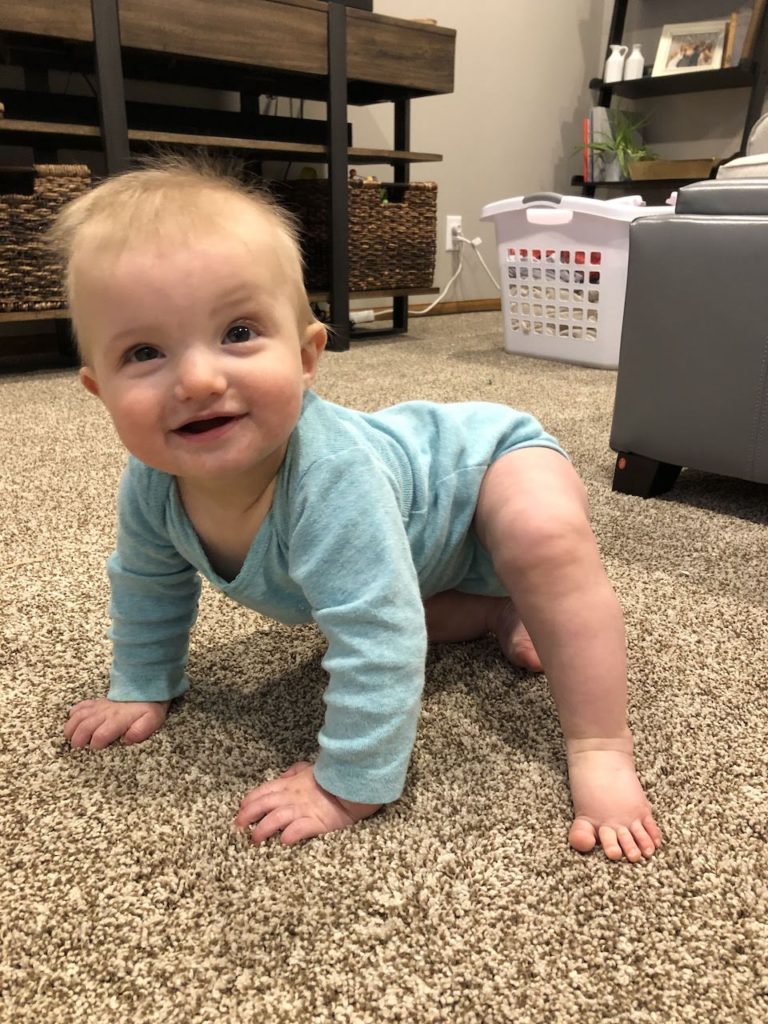
But some kids don’t do it. For some, it is too challenging due to strength, anatomy, or the way that his musculoskeletal system works. For others, it was uncomfortable from the start of tummy time. And for another, she discovered a different way to get around, and that worked for her. (If your child skipped crawling, it is ok! I repeat: IT IS OK!! Independent mobility is super important, regardless of the way he does it. And, as you’ll learn below, it’s never too late to crawl!)
Hand Strengthening Activities
So, how can we strengthen these kiddos’ hands to increase their success in some tasks? I have compiled ways to fit hand strengthening into play and everyday tasks to build those itty bitty, but very important, hand muscles! This list is for little ones as well as big kids or teens! Just modify based on his or her interests.
Help around the house
Try having the child cook, bake, or prep meals with you. There are a bunch of kitchen tools that make your hands work pretty hard! Try these ones out: a juicer, potato masher, spoon and bowl for stirring, rolling pin, cookie cutters, garlic press, tongs, potato peeler, chip clips.
And remember that any activity that involves steadiness and precision is working on stability in those teeny finger muscles. Think: pouring, measuring, scooping, unwrapping food, opening packages or containers, cutting (if age appropriate). Have him help clean up by wringing a washcloth or rag out to wash dishes or wipe counters.
Use safe tools under supervision to get those hands moving. This might be more motivating for adolescents. Use of hammers, wrenches, pliers, sanders are excellent ways to strengthen hands. (Handy people, feel free to help me out and add to this list! 🙂 )
(Maybe this is your permission to get some new kitchen gadgets or tools… “But hunny, it’s for Jimmy’s hand strength!!”)
Hand toys, games, and fidgets
*This post contains affiliate links and I may receive commission when you click on links and make purchases. However, this does not impact the price you pay!
Check out these things that naturally work on squeezing, pinching, cranking, twisting, tightening, pulling…
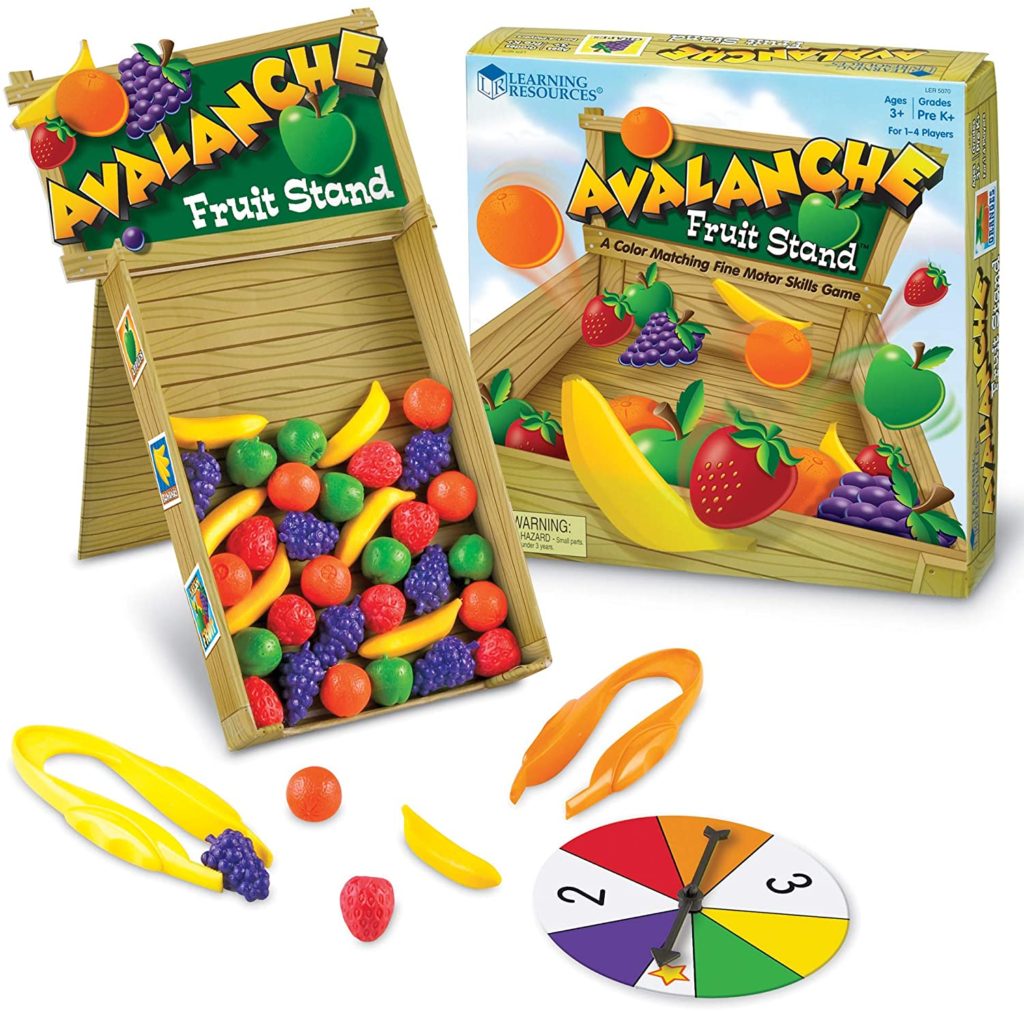
- Squeeze or wind flashlight
- Squirt bottle, squirt gun, water toys
- Ball poppers
- Wind up toys
- The ol’ tennis ball trick. Step 1: make a slice in a tennis ball. Step 2: draw eyes. Step 3: squeeze the sides and shove goodies in there! Om nomnom nom!
- Legos
- Games such as Trouble, Sneaky Snacky Squirrel, Avalanche Fruit Stand, Bed Bugs, Twister, card games involving holding the deck or a hand and shuffling!
- Fidgets such as stress balls or check out actual hand exercisers that could double as fidgets like these or these. TIP: when the child you are working with squeezes these, encourage them to really give ‘er! Squeeze it like she means it. Passively passing it back and forth is a great way to use it as a fidget. But squeezing it with all his might is a great way to strengthen his hands.
Weight bearing
This is another way to say “bearing weight through your hands”. This means crawling, hand stands, planking, push ups, yoga poses (check out the free printable in this post!).
I told you it is never too late to crawl. There are even resources (here and here) that suggest crawling as a strengthening activity and workout for adults! Soooo I guess we’re supposed to join in on these…
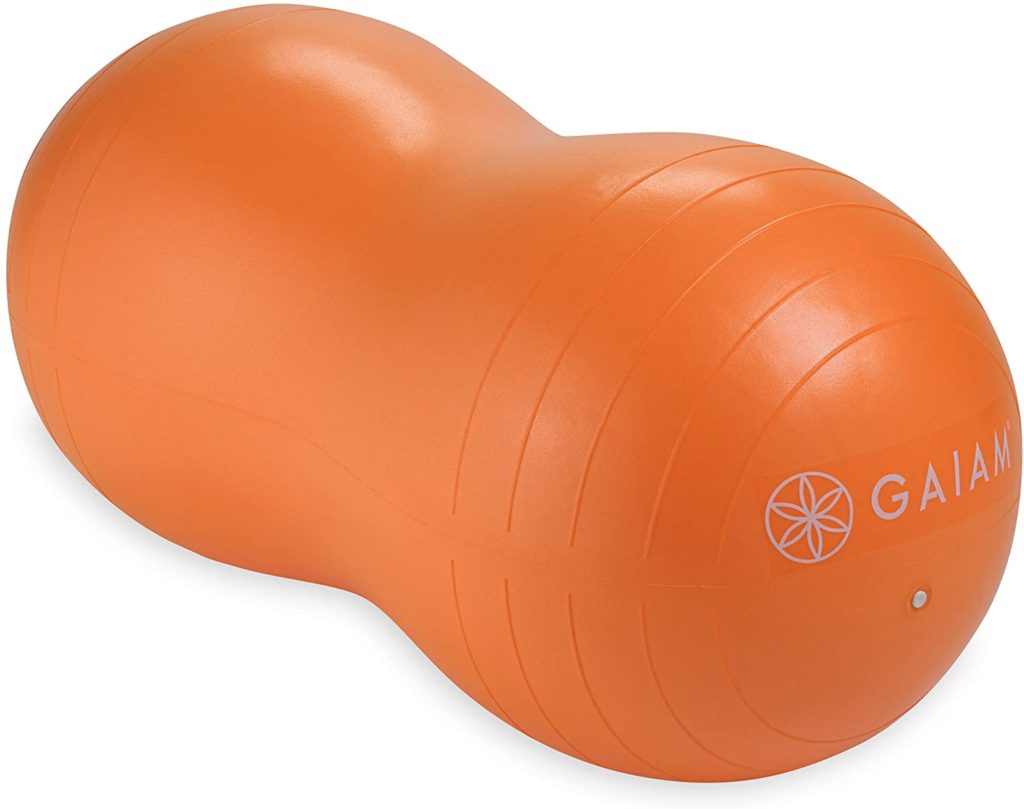
Try incorporating crawling through fun, more age appropriate activities such as animal walks (see below), obstacle courses, or relay races! Consider a tunnel for kiddos to crawl through for motivation or use a peanut ball to walk hands out.
Dog/cat/cow/tiger/lion/whatever: hands and knees and crawl with associated animal noise
Bear: hands and feet with bum in the air! Actually really challenging.
Leopard: hands and feet with knees hovering a few inches off of the floor– even more challenging!
Crab: hands and feet with chest and stomach toward the ceiling
Seal: hands and body drags behind
Donkey: hands and feet with a jump and kick behind (great for core strength!)
Wheelbarrow: hands walk while a partner holds his feet. TIP: when starting or if you’re working with a weak child, hold at his hips first. As he gets stronger, hold at thighs, then knees, then ankles.
Climbing and Pulling

Use hanging and climbing to build. Monkey bars are HARD, you guys. Start just by hanging (I feel like I’m writing a reminder to myself that it’s ok to do a straight arm hang instead of that one pullup I’ve been working on for years…).
-Hold the kiddo at her hips or trunk to allow her to feel more stable and hold much of her weight to start out.
-Encourage the child to have his thumb around the bar opposite his fingers to make a C with his hands versus next to the fingers on the side. Both positions are fine, but they both work different muscles.
-Also, allow the child to decide how long he wants to do this for. This is likely not a fun trick for him, since it’s hard! Keep it fun and encourage him to do it for 3 seconds at first, and then celebrate!
Climb ladders, rock walls or climbing gyms, and use ropes! Tug of war anyone? Have a rope down a slide and have the child climb up it, hand over hand. Pull your child in a laundry basket or on a scooter while he holds onto a rope or hula hoop. OR better yet, have them pull each other while you watch and drink your coffee…
Have the teenager take on the chore of walking the dog or playing with Bruno for a specified amount of time. This might get the big kid on his hands and knees and in some tug of war action.
Crafts
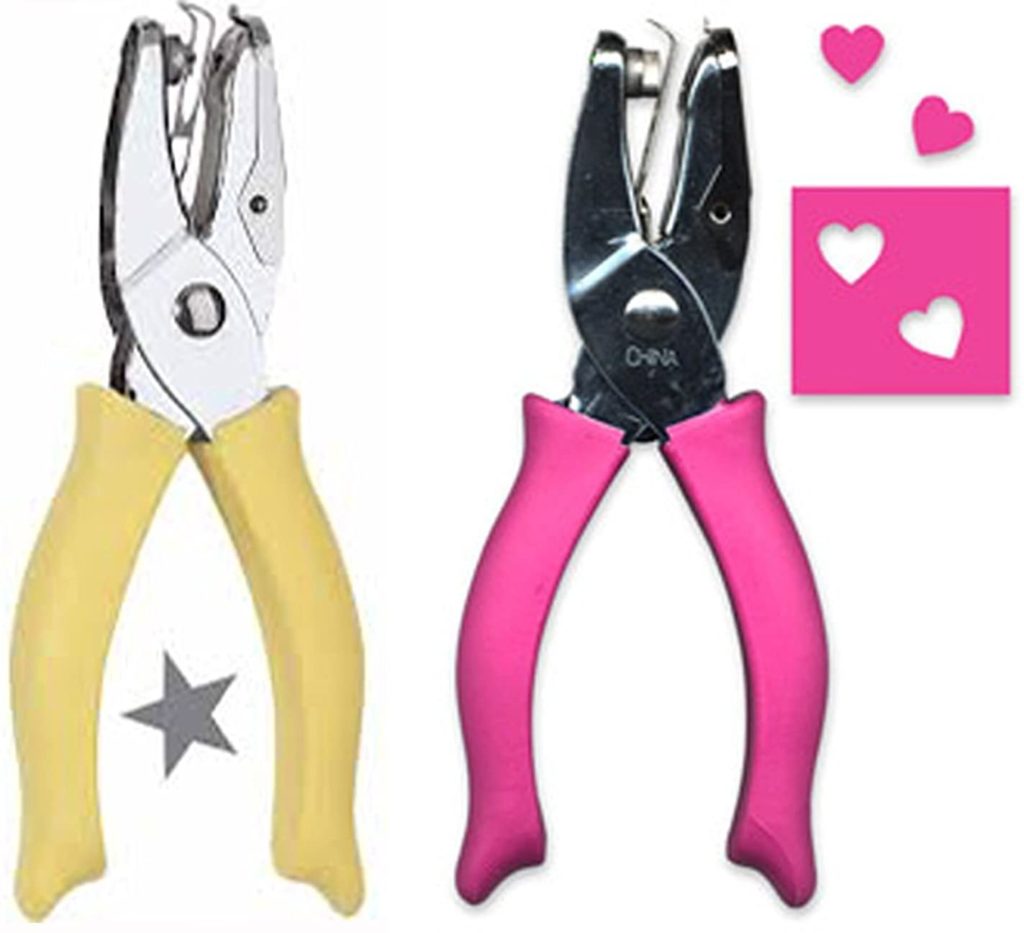
- Scissors and hole punches (if these are too easy, try cutting card stock, thin cardboard, or paint samples). Make confetti or snow. I know this is so annoying and messy, but it’s all in the name of hand strength! I really like these fun hole punchers.
- Markers – taking caps on and off is an excellent, sneaky hand strength trick. The shorter the marker and cap are, the harder it is.
- Glue! Twist the cap tighter so they have to squeeze harder and it isn’t a colossal mess.
- Use bubble wrap during crafts- it’s bound to get popped during the craft (which is what we want!). Let her roll it and squeeze it in her hands. It just feels good!
- Play Doh, clay, Silly Putty, dough, Theraputty*: pinch, squeeze, roll, pull, hide small beads or figurines in them and have the child find them.
*Consider yourself warned: if left out of its container, Theraputty will flatten out and stick to upholstery, clothing, and a cat’s tail. I’ve had kids tell me all of these things. - And when you’re done, hang up the fine artwork with clothespins for more pinch strengthening!
- For older kids, tie dye some shirts (I like these instructions). This involves rubber band use, rolling and turning the shirt, and squeezing if you put dye in old condiment containers.
- Use fabric or “bubble” paint to decorate t-shirts for whatever occasion, great for older kids.

So there you have it. Some ideas to get those hands movin’ and a-groovin’ to make them stronger. Let me know what some of your favorite hand strengthening activities are!
Crawling has some fitness experts going gaga
Determining correlations between hand grip strength and anthropometric measurements in preschool children
Efficacy of Hand Arches Training In the Improvement of Dynamic Tripod Grasp and Handwriting Skills in Hemiplegic C.P. Children
Evaluating hand performance and strength in children with high rates of smartphone usage: an observational study
Grip strength of children gives clues about their future health
Why Crawling Like a Baby Can Give You a Crazy-Good Workout


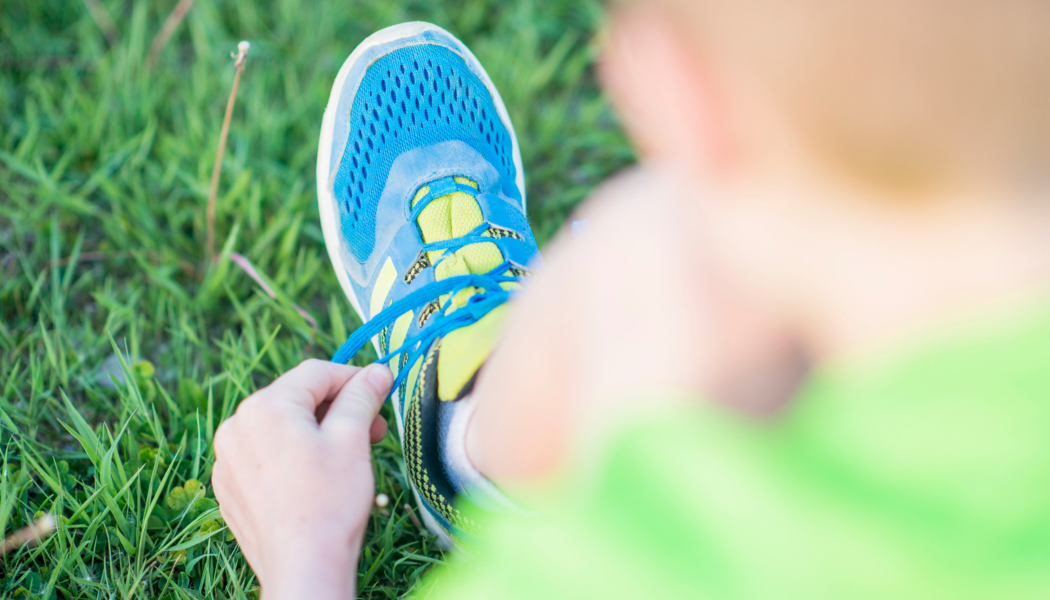


These are awesome activities. I’ve been scanning pinterest all afternoon for things like this, and you have so many unique ideas on here, ones I haven’t seen on other sites! Thank you!